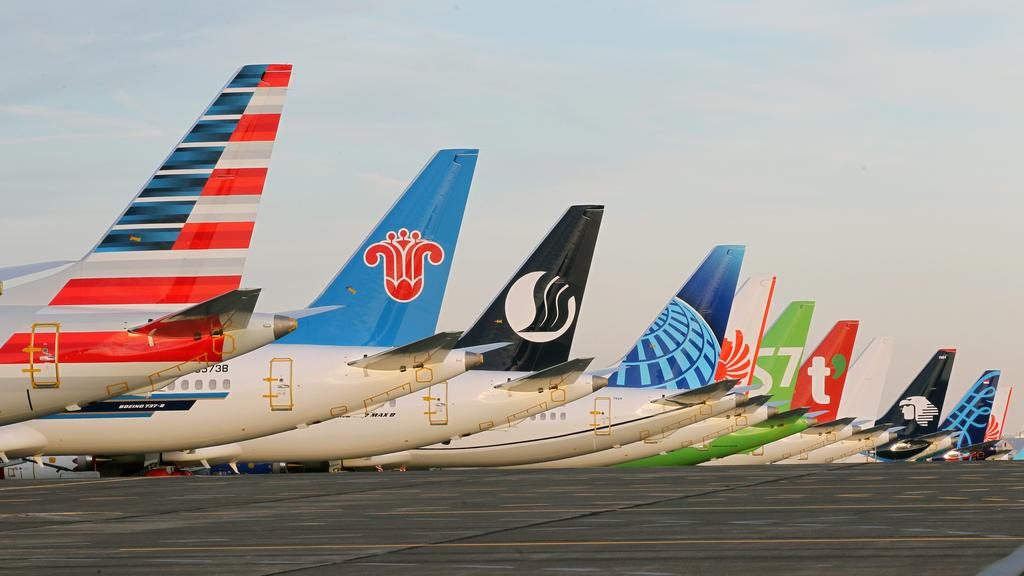Article originally published in the Philadelphia Business Journals on January 13, 2020.
Last month, Boeing CEO Dennis Muilenburg was fired nine months after the grounding of the 737 Max aircraft. In announcing Muilenburg’s departure, Boeing said, “The Board of Directors decided that a change in leadership was necessary to restore confidence in the Company moving forward as it works to repair relationships with regulators, customers, and all other stakeholders.”
Two 737 Max aircraft crashed in eerily similar circumstances – Lion Air Flight 610 on Oct. 29, 2018, followed by the March 10, 2019 crash of Ethiopian Air Flight 302. The crashes were quickly blamed on inadequate pilot training and issues with the aircraft’s MCAS anti-stall system.
Three days after the Ethiopian Air crash, as country after country grounded their 737 Max fleet, Muilenburg placed a phone call to President Donald Trump, reportedly telling him the aircraft was safe and blamed inadequate training of the Lion Air and Ethiopian Air pilots. This was a huge lapse in judgment on Muilenburg’s part. For financial reasons, Muilenburg was trying to head off grounding of the planes by the Federal Aviation Administration. On March 13, Trump ordered the grounding of 737 Max aircraft.
The FAA should have taken the lead in grounding these aircraft after the second crash. It’s embarrassing that the U.S. was the last country to do so. Why didn’t Boeing itself tell carriers to ground the planes until both crashes were thoroughly investigated? Why didn’t the Boeing board order Muilenburg to ground the aircraft? Immediately doing so would have enhanced Boeing’s reputation for putting passenger safety first.
Boeing should have taken a lesson from Johnson & Johnson, who in 1982, exercised its own initiative and recalled Tylenol from the market due to product tampering with cyanide. Seven people died as a result of ingesting the cyanide-laced Tylenol.
J&J’s action is still considered the gold standard of crisis management and an example of a corporation and its CEO being out in front taking responsibility for its product. It was the ethical thing to do. Instead, after the second crash, Boeing kept on insisting that the 737 Max aircraft was safe to fly.
You always want to control your own destiny. If you don’t, another party will control it for you, perhaps in a way not to your liking, which is what happened to Muilenburg and Boeing.
In the months subsequent to the March grounding, Boeing stated that anti-stall software would be updated, and the Max 737 would soon be returned to service. Some 10 months later, this has still not occurred.
Recently, it was learned that the FAA ceded major certification responsibilities to Boeing, allowing the company to certify its own changes to the design of the current 737, in service since 1967, to create the more fuel efficient 737 Max. This speeded up the introduction of the 737 Max to compete with the new Airbus A320neo. Safety should never be sacrificed for competitive reasons.
It has been reported that a number of Boeing employees expressed concern over the safety of the 737 Max through a series of internal email messages that were only recently turned over to the FAA. These emails, now being reviewed by the Senate Commerce Committee and the House Transportation Committee, were described by a congressional aide as presenting a “very disturbing picture.”
In a statement, Boeing said they released the emails “as part of our commitment to transparency with our regulators and the oversight committees. … The tone and content of some of these communications does not reflect the company we are and need to be.” Unfortunately, Boeing didn’t embrace this attitude while the 737 Max was in development.
A January 5 article in The New York Times reported that a number of other potential safety issues have been uncovered with the 737 Max, which also need to be evaluated and addressed before the aircraft is certified to return to service. Had the plane not attracted this post-crash intensive review, one wonders if these issues would have been uncovered absent a future crash.
The FAA never should have ceded certification responsibilities to Boeing, and Boeing should never have wanted these responsibilities in place of the FAA. The FAA is an outside independent party, whose involvement reduces risk to avoid a catastrophic event. Boeing should have used the agency as a resource to reduce risk and not avoid it to save time and money.
Whether you are building a bridge, designing or training personnel to operate a nuclear power plant or designing an aircraft where the risk of failure could be catastrophic, you must not take shortcuts, but double-down on risk assessment and safety assurance to prevent a catastrophe and the resulting huge liability. Those who would be adversely impacted – the public and your investors, demand it.
Stan Silverman is founder and CEO of Silverman Leadership and author of “Be Different! The Key to Business and Career Success.” He is also a speaker, advisor and widely read nationally syndicated columnist on leadership, entrepreneurship and corporate governance. He can be reached at Stan@SilvermanLeadership.com.


Very well written and well thought out article!
Stan – Right on – and even when designing for whatever – do it the right way – or no way and leave no stone unturned. Joel